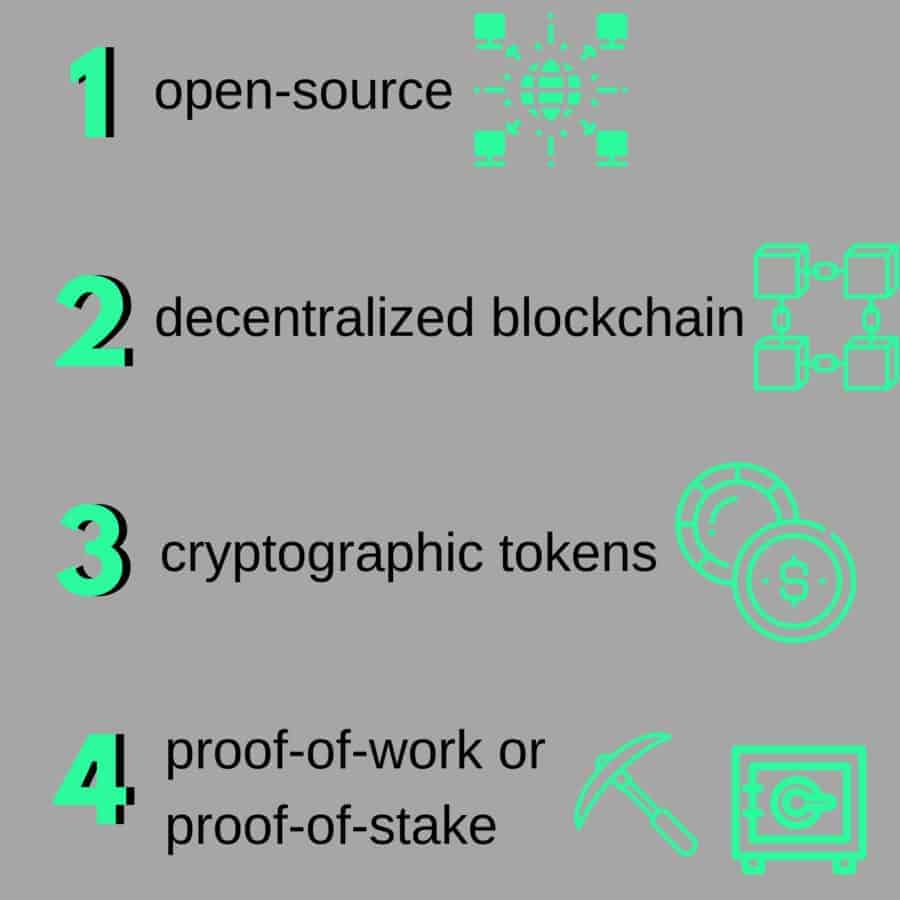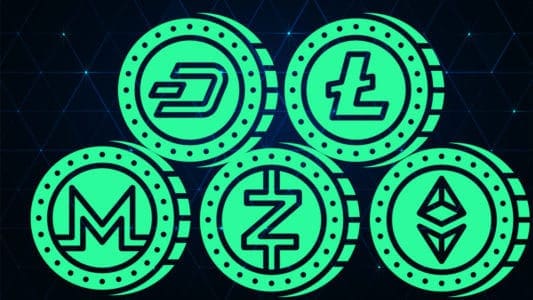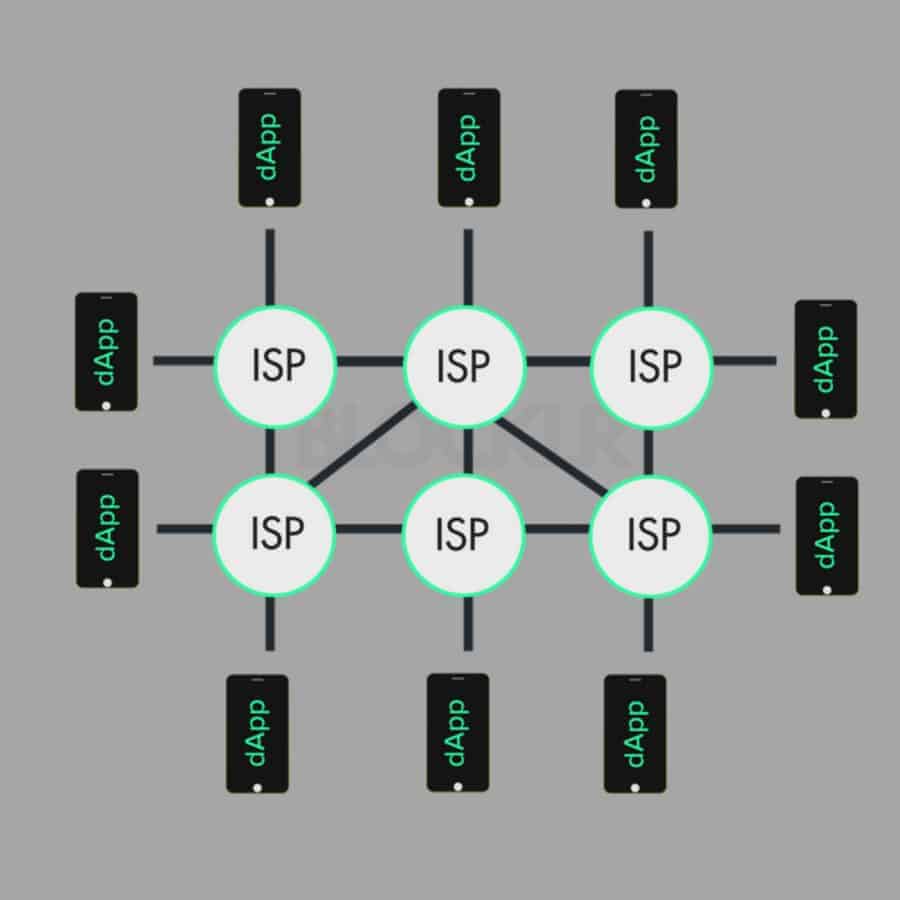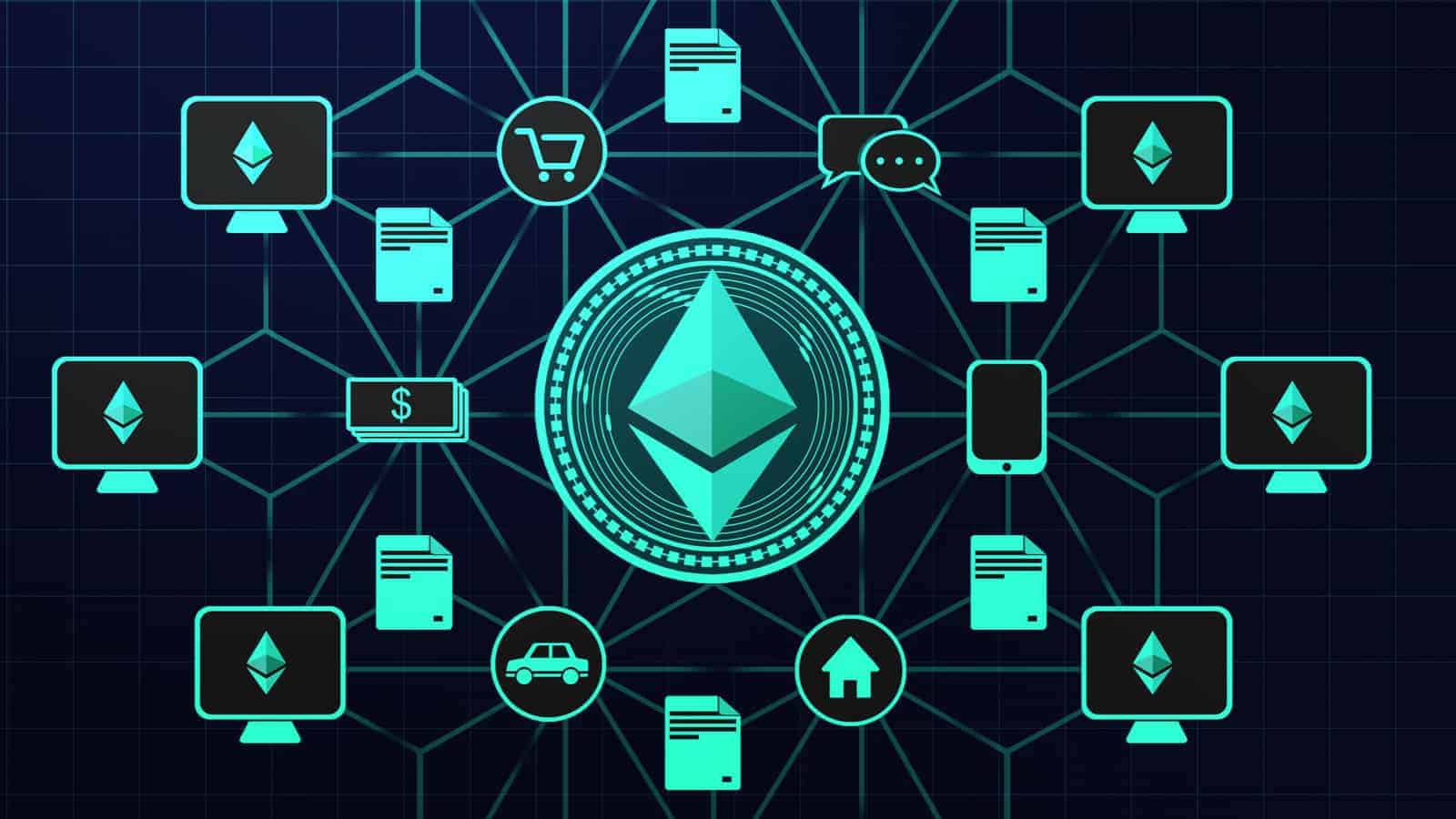In this guide, we lay out the fundamentals of what a dApp stands for, what it is and what dApps can do. This new technology is important to the digital world, not just because most of us already use and take advantage of them every day. In fact, they’re are a major application of blockchain technology. Over the history of man-kind revolutionary new concepts and technologies have led to the usage of new words and new modes of understanding. You’ve probably come across the word “dApp” many times. But what is a dApp? And what do dApps do? After reading this guide, you will be an expert in dApps.
Decentralized Applications

You already know what apps are, of course. And that lower-case “d” in front of it? That stands for “decentralized.” dApps are decentralized applications. As such, they’re distinct from centralized apps, which still represent the bulk of apps that most users are familiar with.
Centralized vs decentralized is, in essence, the fundamental break that distributed ledger technology makes possible. Centralized organizations have a hierarchical structure, where a small group of owners controls and make decisions for everyone else. Take Twitter or Facebook, for example. These are centralized apps because what you share and what you see is completely moderated, controlled, and censored by members of the company.
Decentralization, on the other hand, is the principle innovation of blockchain technology. Instead of a hierarchical structure of ownership, decentralization puts no one in a position of power or authority over anyone else. As you probably know, this is what makes cryptocurrency so powerfully attractive to financial organizations and investors. It’s money without the financial authority and control of a central bank or government. Indeed, cryptocurrency decentralized apps are the most widely used and popular in existence today.
What Is a dApp? Four Main Features

Cryptocurrencies like Bitcoin (BTC), Ethereum (ETH), and nearly every alt-coin are perfect examples of decentralized apps. Though, the dApp category goes well beyond cryptocurrency to encompass a massive array of uses. Before taking a look at some of the most important examples of these apps in action, let’s dive into their basic features.
They must all meet four criteria. First, the application must be open-source. This is a hugely important requirement because, without open-sourced code, no app is truly decentralized. The technology underlying dApps has to be subject to audit by the public. Otherwise, someone has more control and access than others. This also means that users should have a say in making changes and improvements to the dApp based on consensus.
Second, all of the dApp’s data and records must reside on a public, decentralized blockchain. This ensures all transactions are immutable, public, and cryptographically safe. At the same time, blockchains eliminate the possibility that a dApp could fail or shut down.
Third, the dApp must use cryptographic tokens. These tokens are essential for accessing the dApp and for allowing miners or farmers to contribute value in the form of computing power. Finally, the fourth connects with the third. They must all generate tokens using a standard proof-of-work or proof-of-stake algorithm.
To sum up, any dApp has to function by executing all four of the features listed above. This means that these decentralized applications are open-source software platforms that run on a public, decentralized blockchain, and receive their “energy” or fuel from tokens that the dApp generates using a protocol or algorithm.
What Does a dApp Do?

Or perhaps the better question is: what don’t dApps do? Given their extremely broad applicability, there’s really no limit to what an intrepid designer can make a dApp do.
Chances are, however, that you already know a little bit about the power of decentralized applications. If you hold any cryptocurrency at all, you’re already a dApp user. Bitcoin, Ethereum, and altcoins meet all the requirements for being a dApp. Nevertheless, crypto-heads tend to break down dApps into three types based on how they implement the blockchain and execute proof-of-work/stake protocols.
Three Types of Decentralized Applications

The three types boil down to their underlying relationship with the blockchain. Type 1 has its own blockchain. Think of Bitcoin as a perfect example of a Type 1 dApp.
Type 2 resides on a Type 1 blockchain, but they have their own unique protocols and issue their own tokens. The classic example of a Type 2 dApp is anything running on the Omni Protocol.
Finally, a Type 3 dApp uses a Type 2 protocol, but operates two layers above an existing blockchain and also issues its own tokens. If that’s too technical, think of Type 1 as computer operating systems, Type 2 as general-purpose software, and Type 3 as specialized software built on top of the general software.
What dApps Can Do

Given their features, their trust-less and distributed data storage, and their use of blockchain, they have a potential that has only begun to be mined. Decentralized applications could one day surpass even the most massive and established centralized platforms. Decentralized apps for payments could soon surpass a multinational giant like Visa. Ones for data storage could make centralized services like Dropbox obsolete. Those that deal with bandwidth and streaming services could replace Comcast and Amazon.
Their tremendous potential all comes from the fact that they’re completely self-sustaining. They’re self-sustaining because they empower their users to invest and hold stake in the dApp’s development. Built on the blockchain, their scalability is also significant. Decentralized apps could easily surpass even the largest centralized corporations thanks to their utility, large user base, incentive structures, transparency, and immutability.
At bottom, dApps are anything that you can build on a blockchain or with a blockchain’s proof-of-work/stake algorithm. As such, they’re rapidly gaining popularity. Here are some of the most exciting things people are doing with decentralization today.
- Smart contracts to handle payments or disperse funds
- Property deeds
- Voting and other governance mechanisms
- Crowdsales of goods
- Gambling with immediate payout
- Digital asset management
- Trust-less agreements
- Autonomous organizing
In the same way that cryptocurrency largely does away with financial authorities, decentralized apps can dissolve central authorities in a variety of other industries.
Why Are They Important?

Decentralized applications can host an unlimited number of participants on both sides of any transaction. This makes them both similar to but distinct from smart contracts, which are generally financial in nature and involve limited participants. Decentralized apps can also go beyond simply being financial instruments. If you’ve ever used the Tor network or downloaded a torrent, you’ve used a dApp that has nothing to do with money.
dApps, in conclusion, represent the vanguard of blockchain technologies. No one owns a dApp. They never experience any downtime. Furthermore, their decentralized nature means that no entity ever has the power to censor them or shut them down. And that’s why dApps matter. They establish a clear set of criteria for implementing blockchain technology in a completely decentralized way. So if you want to stay informed about the latest breakthroughs and innovations in crypto, keep tabs on the latest dApp developments. They represent the future of distributed ledger technology.

